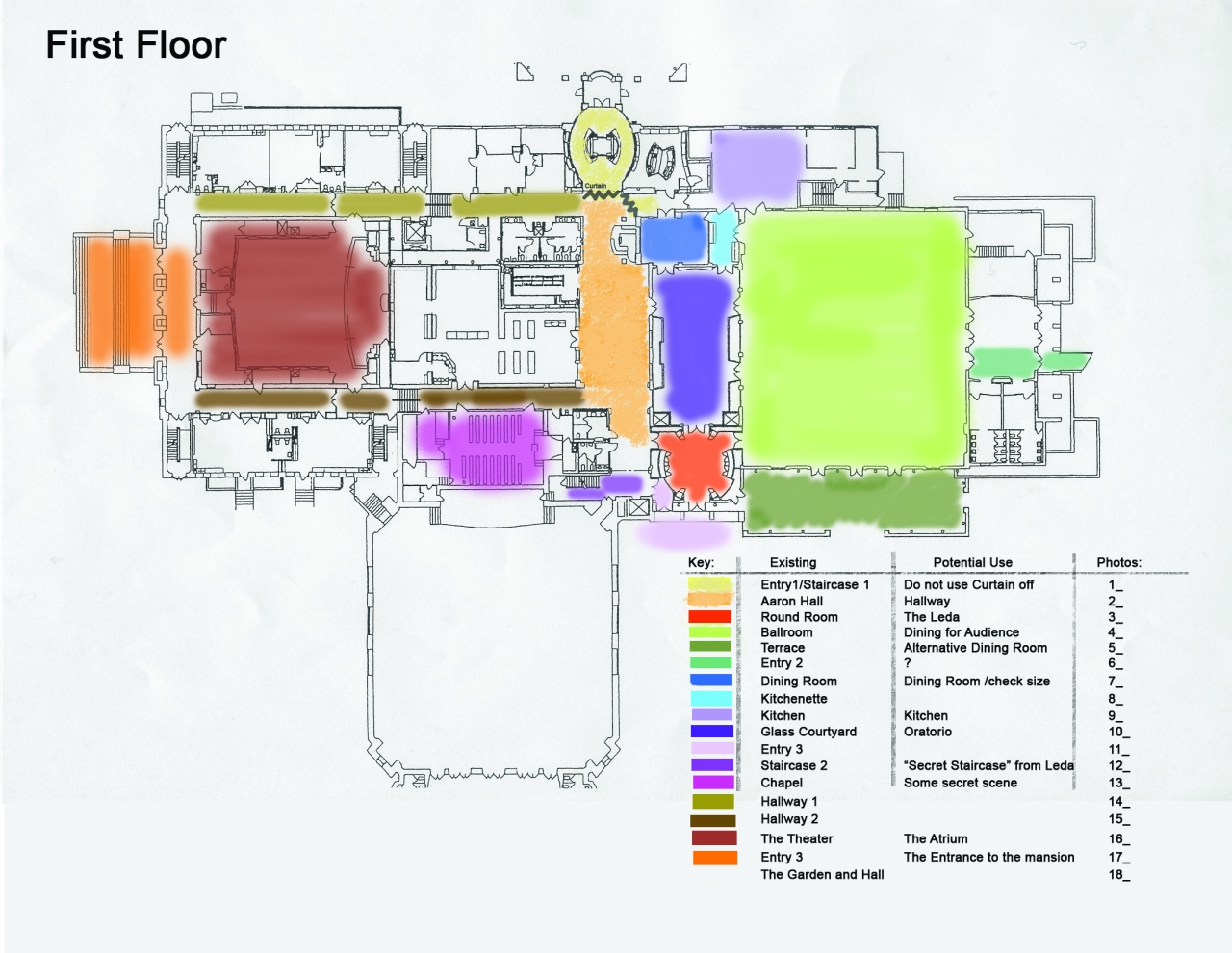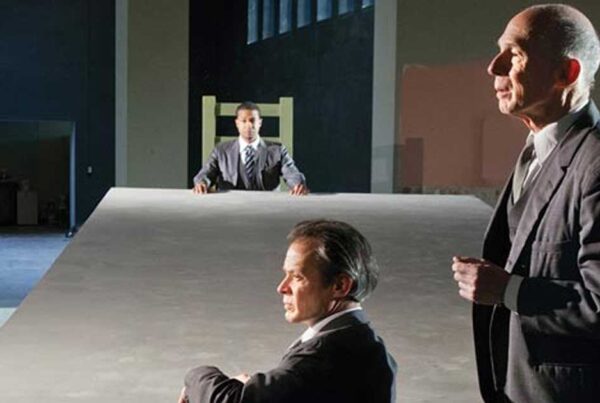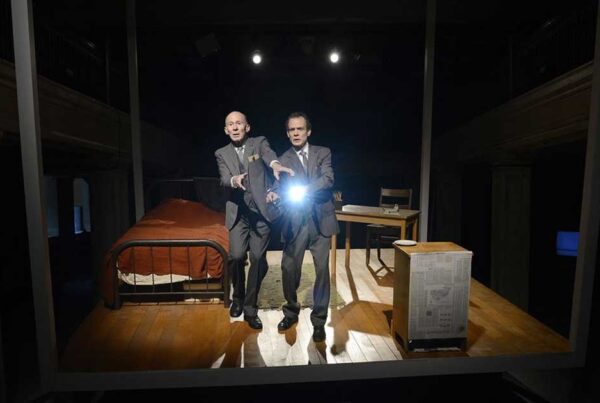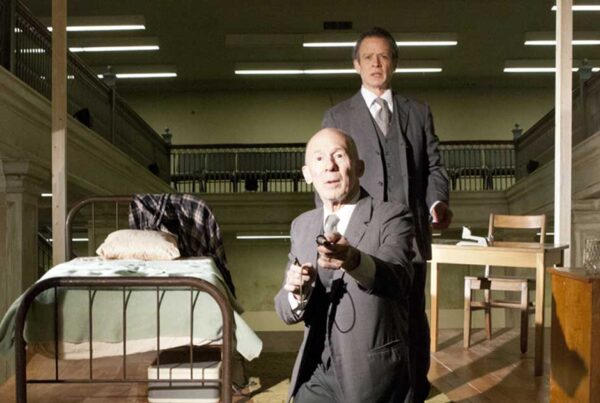
You don’t watch John Krizanc’s TAMARA: you inhabit it. The familiar constructs of stage and curtain and backdrop are stripped away. You walk from room to room, a voyeur in another world, peeping across space and time into the rooms of a villa near Lake Garda, in Northern Italy, in mid-January 1927. The villa is inhabited by poet and playwright Gabriele D’Annunzio, as infamous for his affairs and his association with fascism as he was for his contributions to literature. You arrive at the villa as Polish painter Tamara de Lempicka arrives, and the story begins.

Above is a room in D’Annunzio’s Villa.
The problem, at least from a design point of view, is how do we time-travel without a flux capacitor?
“What’s challenging is the overall world. It’s just epic—it’s huge,” says scenic designer Steffi Mayer-Staley. “We are designing an Italian mansion [owned] by an eccentric artist—the mansion is stuffed floor-to-ceiling with things.”
Because of the immersive nature of the production, TAMARA requires more than just the suggestion of a scene: these ten rooms Mayer-Staley and assistant Jeff Fuga are designing have to at least give an impression of realism—Still Lives of D’Annunzio, you could call them. Encapsulated suggestions of his reality.
“Ideally we would literally transform the rooms all the way,” says Mayer-Staley. “But I’m thinking of it more as creating islands of realism inside the Rodef Shalom…We’re using three levels, emptying the hallways of their education center—we’re taking over.”
Noting that some of the congregation’s Judaic imagery will still be present inside the temple, Fuga adds, “Whenever you’re transforming a space to create a whole new world, there’s still a little bit of realism in the space—that’s what makes it so unique.” That’s also, he says,  part of the fun of working with Quantum Theatre: the space itself always adds its own character to the experience of the production.
part of the fun of working with Quantum Theatre: the space itself always adds its own character to the experience of the production.
The two designers have five weeks to design, furnish, and decorate the ten rooms being used for John Shepard’s production of TAMARA. “There’s no way we can build all of these things or buy all of these things or even lease them from prop shops,” Mayer-Staley explains. Instead, the designers have been canvassing the collections of local antique dealers and collectors, especially friends of Quantum Theatre who’ve offered up their collections for perusal. Graham Shearing, Navarro Design Associates, The Mattress Factory’s Barbara Luderowski and Michael Olijnyk, Concept Gallery, and metalworker Francis Nowalk, who also created light fixtures for the Rodef Shalom decades ago, have all had their storerooms examined for possible TAMARA props, as have a dozen others.
“We’re just magpies right now,” says Mayer-Staley. “Collecting shiny and interesting things.”
Because TAMARA takes place across two days, things can change inside the rooms. People are living in this villa, after all. While the audience sits down for dinner between acts, the characters sleep. As you revisit rooms in Act II, keep an eye out for subtle differences, objects uncovered that may tell you more about the story. “Through the whole play, secrets are being revealed and these layers are being shed,” Mayer-Staley explains. “We’re thinking of slight transformations of the spaces, where something is revealed that wasn’t before, to shed new light on the characters.”
Time-travel to Gabriele D’Annunzio’s villa, as designed by Steffi Mayer-Staley and Jeff Fuga, in the Quantum Theatre production of TAMARA, directed by John Shepard, August 5 through September 14. Purchase TICKETS online or call 412-362-1713.




